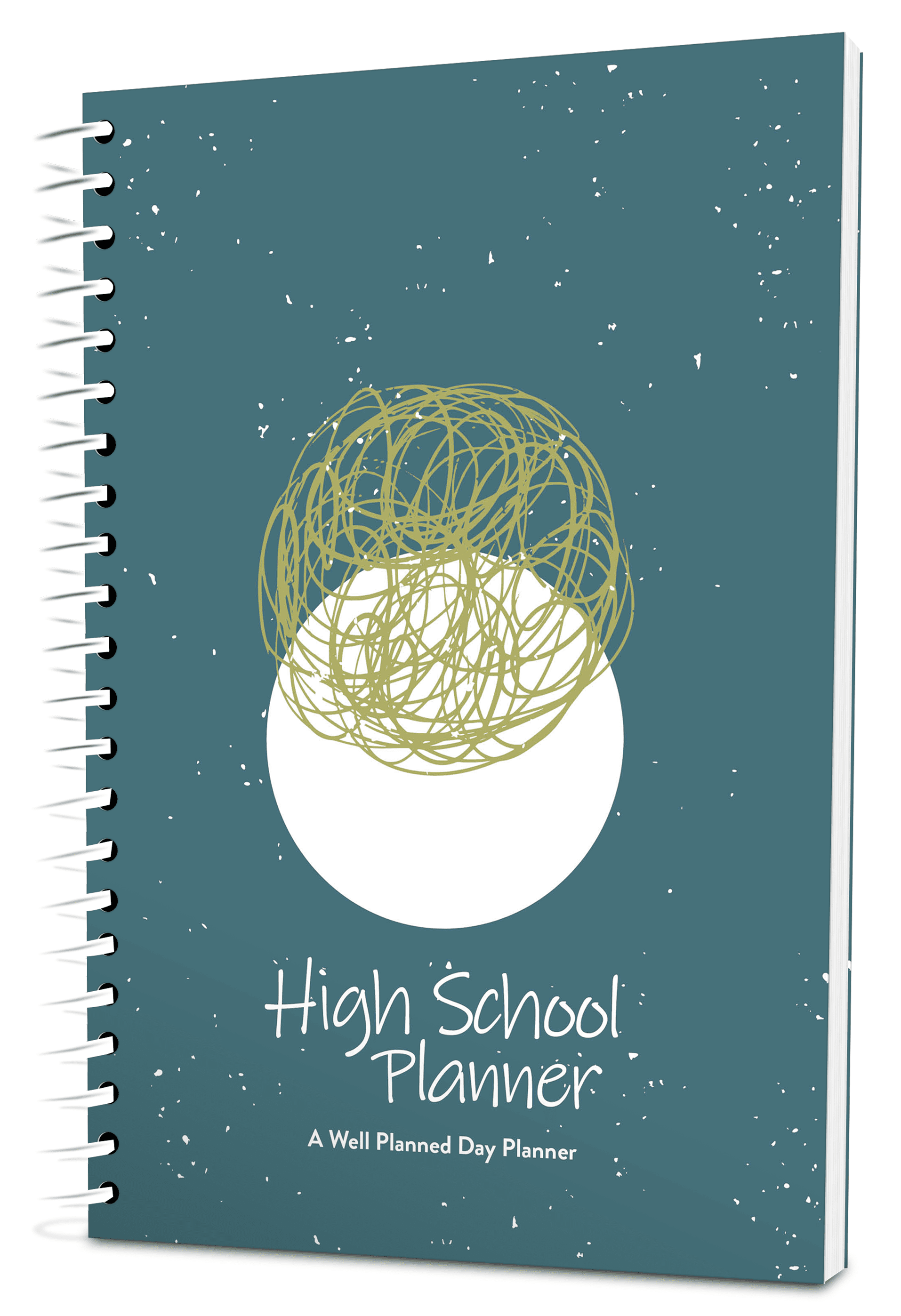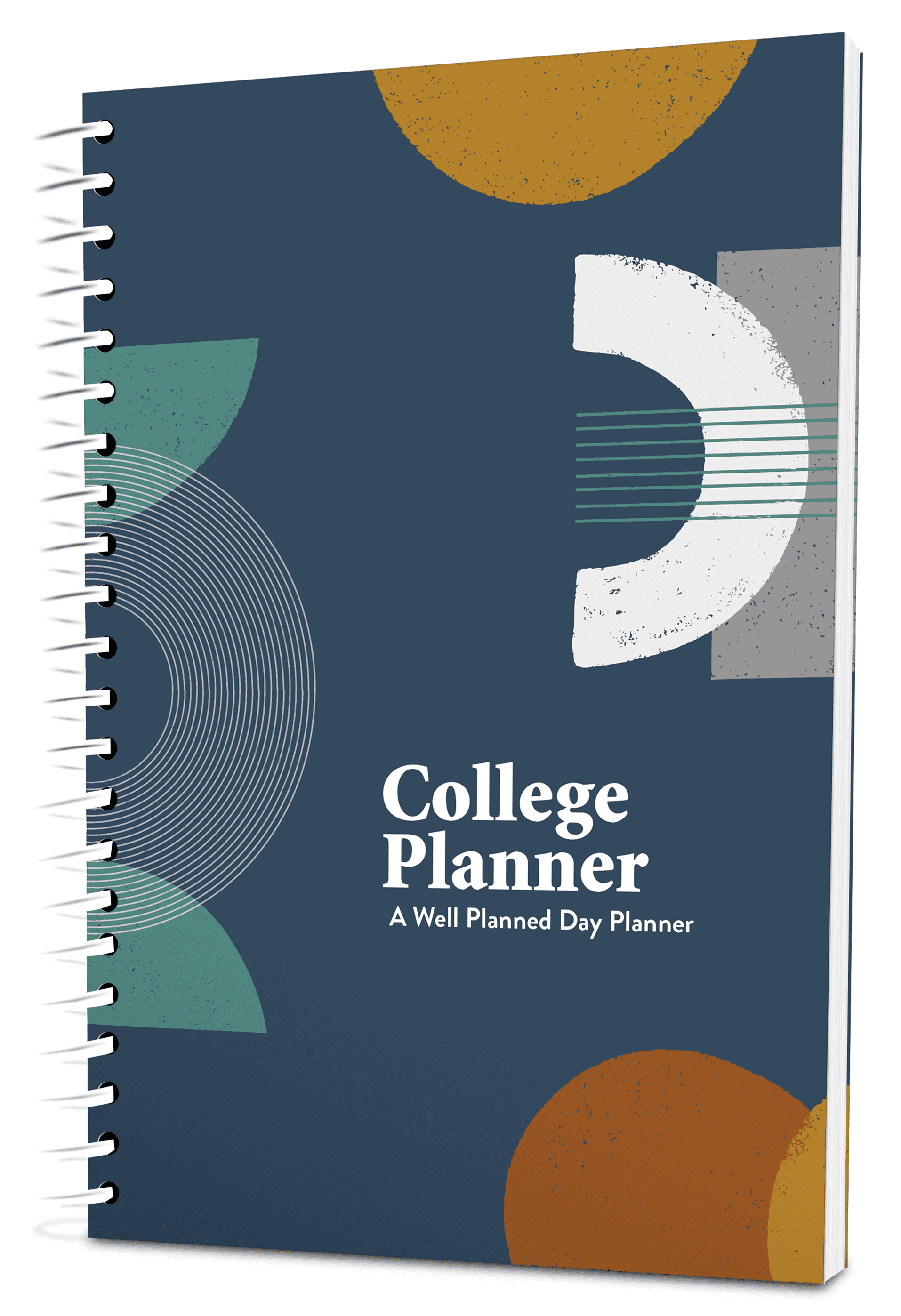A minute ago she was toddling around the house, learning her first words. Now she’s headed towards the end of the Starting Out stage and will soon be Getting Excited about learning. Up until now, learning has been easygoing and natural, mostly based in play. But “real school” is on the horizon. You want to make sure that she is on track, learning everything she needs to know. But you don’t want to dampen the enthusiasm when she learns something new or accomplishes another skill.
Tips for Preserving the Excitement
How do you keep that sparkle in her eye as she heads into formal learning? Here are some tips to help you out.
Excited Learning
Excitement is contagious! Be excited about learning yourself. Let your child see you learn new things and try out new skills. Be enthusiastic about the new things he is learning. And don’t forget to learn together. Homeschooling can teach the parent as much as or more than the child!
Formal Learning Speed Check
Turn the start of formal learning into an event. Give your child special school supplies, such as pretty pencils or character notebooks. Have a special breakfast the first morning.
Keep formal learning lessons short and be sure to take plenty of breaks. Kids in the Getting Excited stage just aren’t ready for marathon learning. On the other hand, if your child is thoroughly enjoying an activity, let her be the guide on when to stop, keeping in mind the energy needed to complete the day’s other activities. Don’t require too much, too soon. You want to teach diligence and care in school work, but don’t expect perfection.
Learning Rhythm
Find a schedule and rhythm that work for your family. Learning doesn’t have to occur at 8:00 AM with freshly scrubbed faces. It can, and should, occur all the time. If you and your child are fresher and better able to face formal assignments in the afternoon or evening, and it works with your schedule, that’s just fine.
Learning Your Child
Be a student of your child. Find out what his learning styles are and use his interests to plan lessons. If you have a child who is fascinated by trains, use that topic as you teach reading and writing. Have a child who loves horses or baseball? Learn history by following her interest through time.
Learning Fun
Use fun activities to teach formal content. Try candy or fruit for math manipulatives, use shaving cream for learning letters and spelling, and play games of all kinds.
Learning Through Reading
Read aloud regularly.
Picture books are fantastic, but start reading chapter books slightly above your child’s reading level. Invest in audio books or listen to free recordings online. Use the “golden hour” right before bedtime to snuggle up and read.
Learning Atmosphere
Don’t require your child to sit for long periods of time. Allow learners to do some lessons on the floor, sitting on an exercise ball, or laying down on a bed or couch.
Location, location, location! Learning doesn’t have to occur sitting at a desk or table. It happens all the time. So switch up locations, working outdoors, at the library, even in a coffee shop or ice cream parlor. Don’t forget field trips!
Learning Connections
Connect topics across the curriculum. Use living books to teach concepts like art, history, even math. Then connect the topics by doing reading or writing activities that connect to the history or science topic you are teaching.
Conversational Learning
Have conversations. Much of what your child learns will be during down time. Lessons can take place in the car, on walks, in restaurants, or even in the grocery store. Find out interesting tidbits about your science topic and share them over the supper table. Tell that interesting fact about history as your child is brushing his teeth before bed.
Hands-On Learning
Do the hands-on projects! It doesn’t have to be glitter and finger paint, but make sure to do art projects and science experiments, create models, do puzzles, and use math manipulatives.
Learning Through Music
Incorporate music into your learning. Use songs to teach concepts, as well as learning fun childhood and patriotic songs. Play instrumental music quietly during study time.













